Ueno Royal Museum
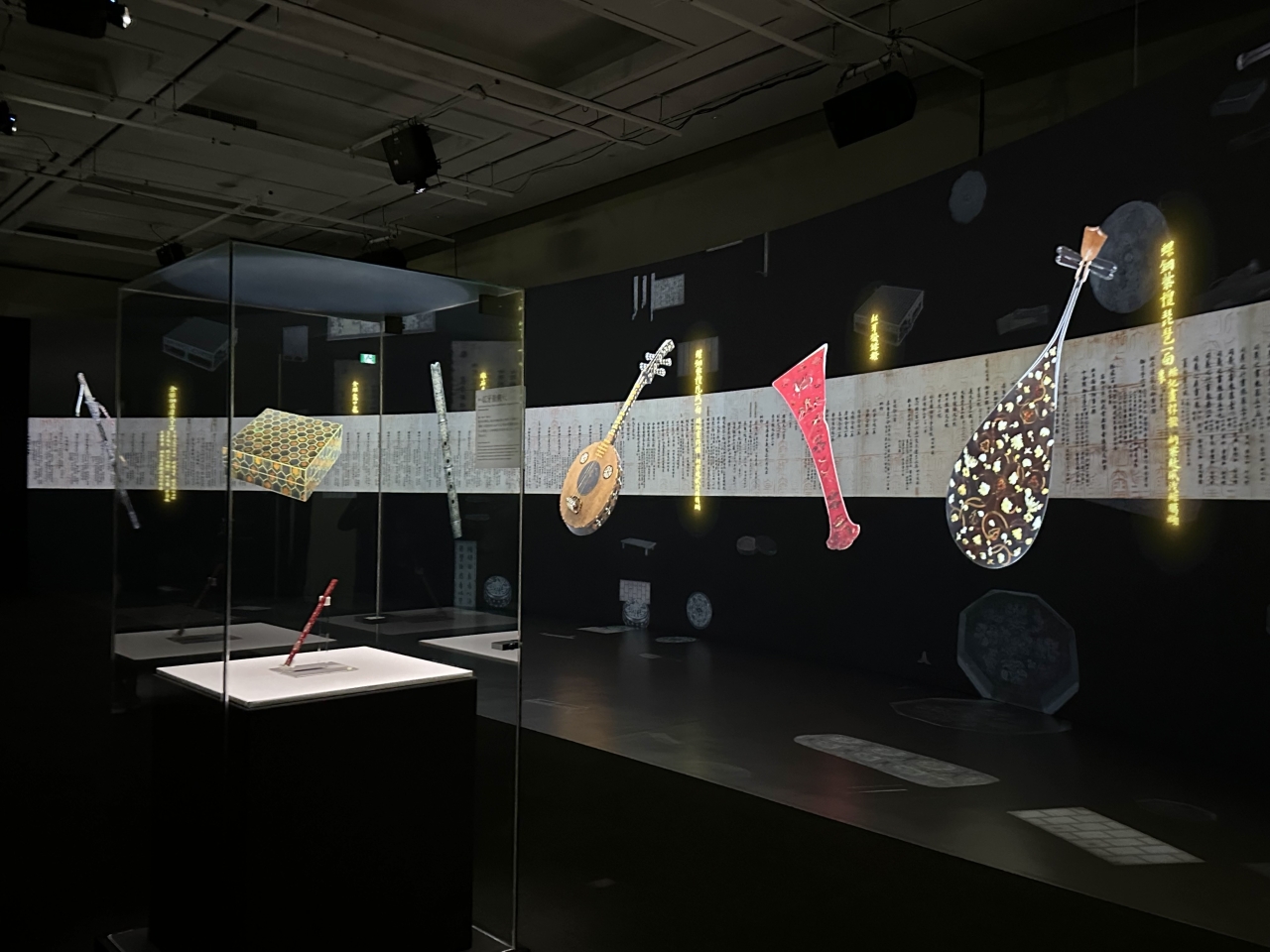
Located within the former grounds of Todaiji Temple in Nara, Shosoin is a miraculous treasure house that has protected and passed down for nearly 1,300 years 9,000 treasures that convey the essence of Tenpyo culture. Every autumn, the Shosoin Exhibition is held, where the treasures are open to the public, but recently, the Ueno Royal Museum is holding "Shosoin THE SHOW – Feel. The miracle that exists here, now," which proposes a new way to enjoy the treasures that takes a different approach from viewing the actual items.
The event will run from Saturday, September 20th to Sunday, November 9th, 2025.
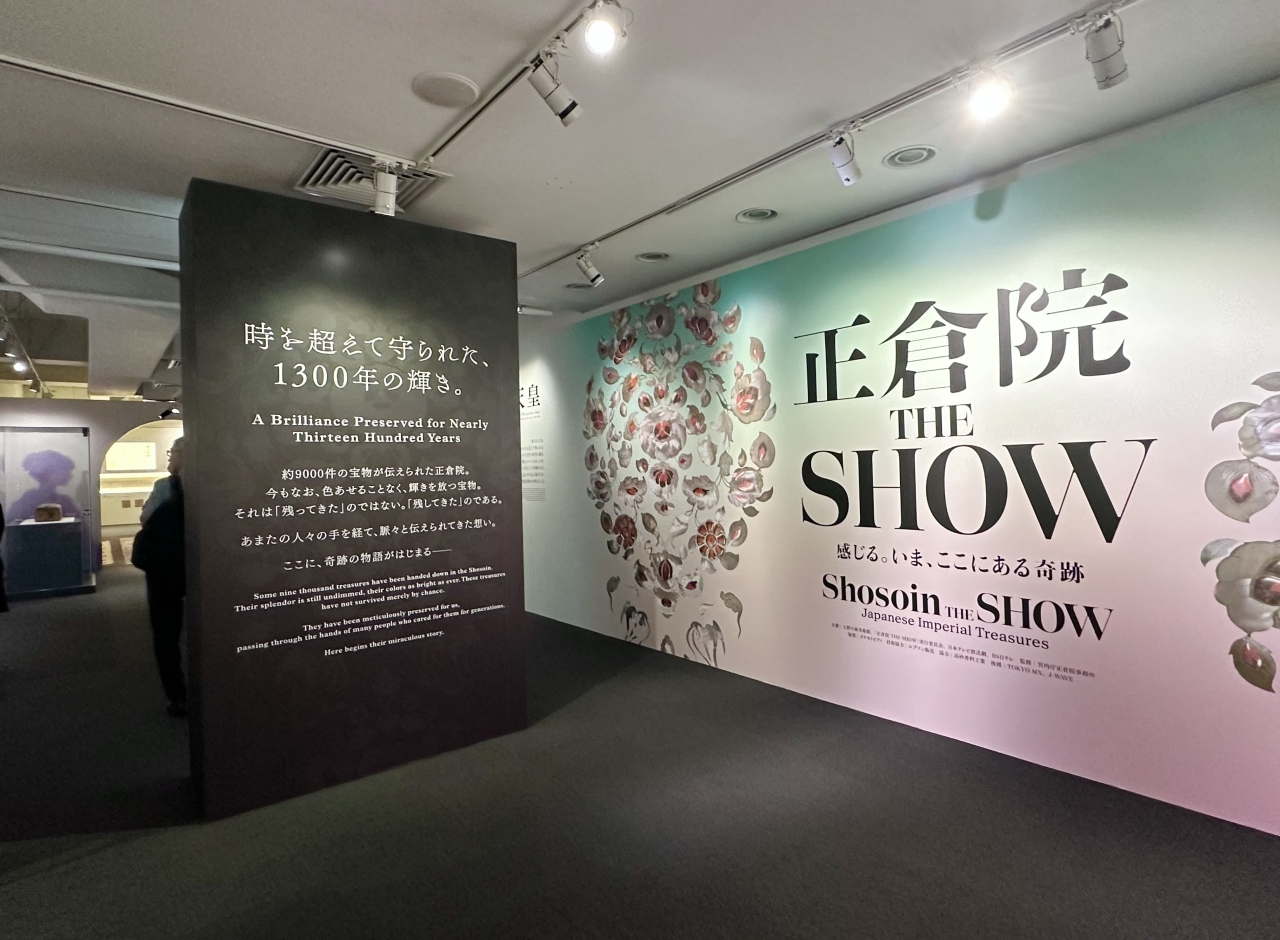
Empress Komyo (701-760) supported the 45th Emperor Shomu (701-756), known for the construction of provincial temples and the Great Buddha of Todaiji Temple, and worked on Buddhist policies and relief for the poor. The history of the Shosoin treasures began when Empress Komyo, praying for the repose of Emperor Shomu's soul, donated some of Emperor Shomu's beloved belongings to the Great Buddha of Todaiji Temple. Among the approximately 9,000 treasures, many have clear records of their dates of creation, purpose, and origin, conveying to the present day the techniques, aesthetic sense, and aspirations of the people of that time.
This exhibition is under the full supervision of the Imperial Household Agency's Shosoin Office and has the theme of "Weaving Love and Beauty," unraveling the various stories behind the treasures that have been carefully protected under the imperial seal system, allowing visitors to experience their charm with their whole body.
At the beginning of the venue, a full-size replica of the "National Treasure Book," a catalogue of the donated treasures and measuring over 14 meters in length, is displayed unfolded on a full sheet of paper, showing the origins of the Shosoin treasures. While this exhibition is a traveling exhibition from the Osaka venue, the "National Treasure Book" is a new exhibit from the Tokyo venue.
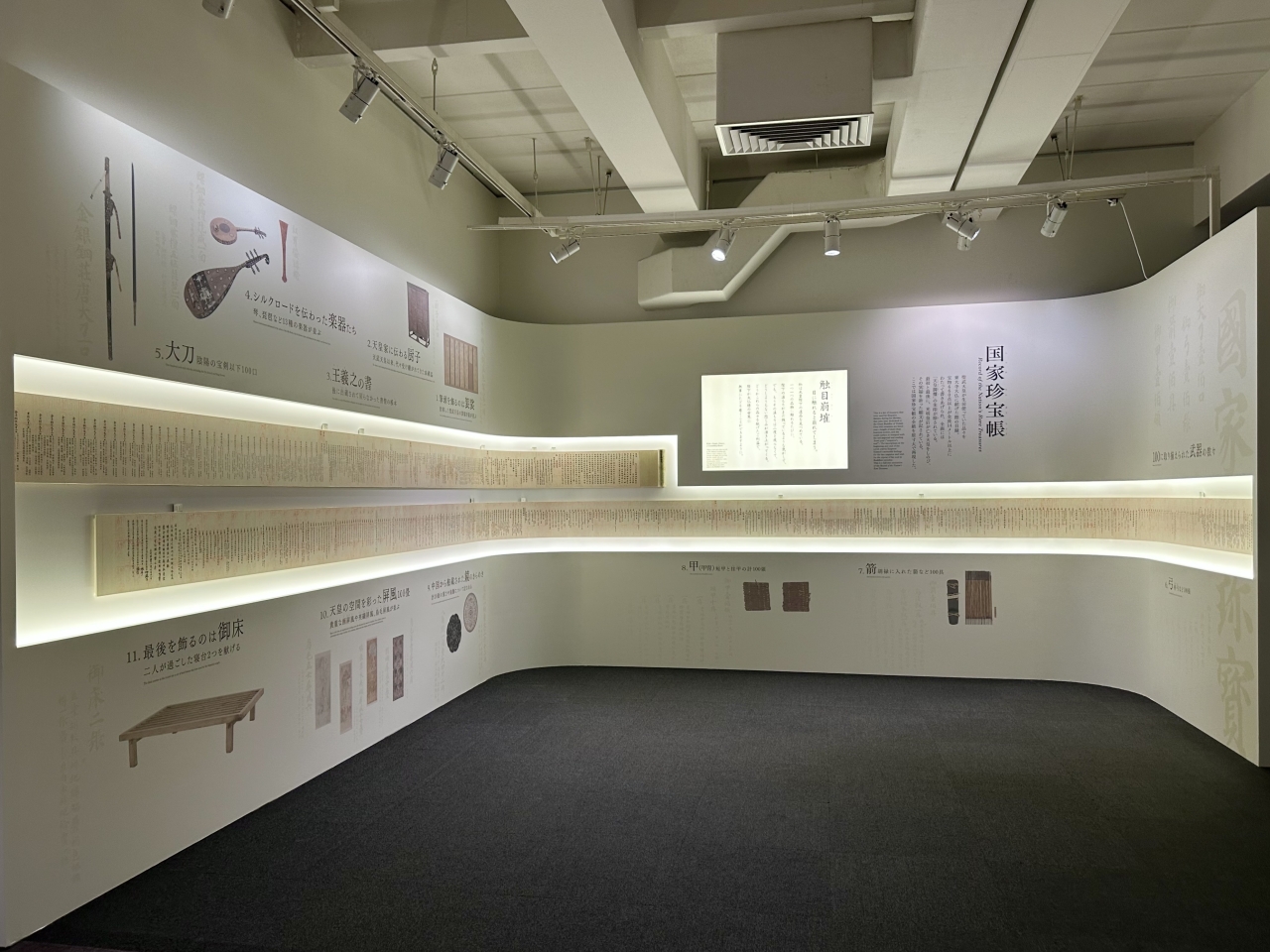
At a press briefing held prior to the event, Takehiko Iida, director of the Imperial Household Agency's Shosoin Office, spoke of the dilemma that trying to strictly manage the treasures, which have become fragile over the course of 1,300 years, makes it difficult to open them to the public, and explained that this exhibition was born as a solution. "We wanted to provide a more innovative experience than just looking at the treasures themselves, so we have also included exhibits that appeal to all five senses, allowing visitors to appreciate the appeal of the treasures from all angles," he said, and as such, the exhibition does not feature actual treasures on display .
Some people may be disappointed and think, "What, there are no real ones?", but instead, there are "reproductions" on display that have been researched and produced for many years by the Shosoin Office of the Imperial Household Agency .
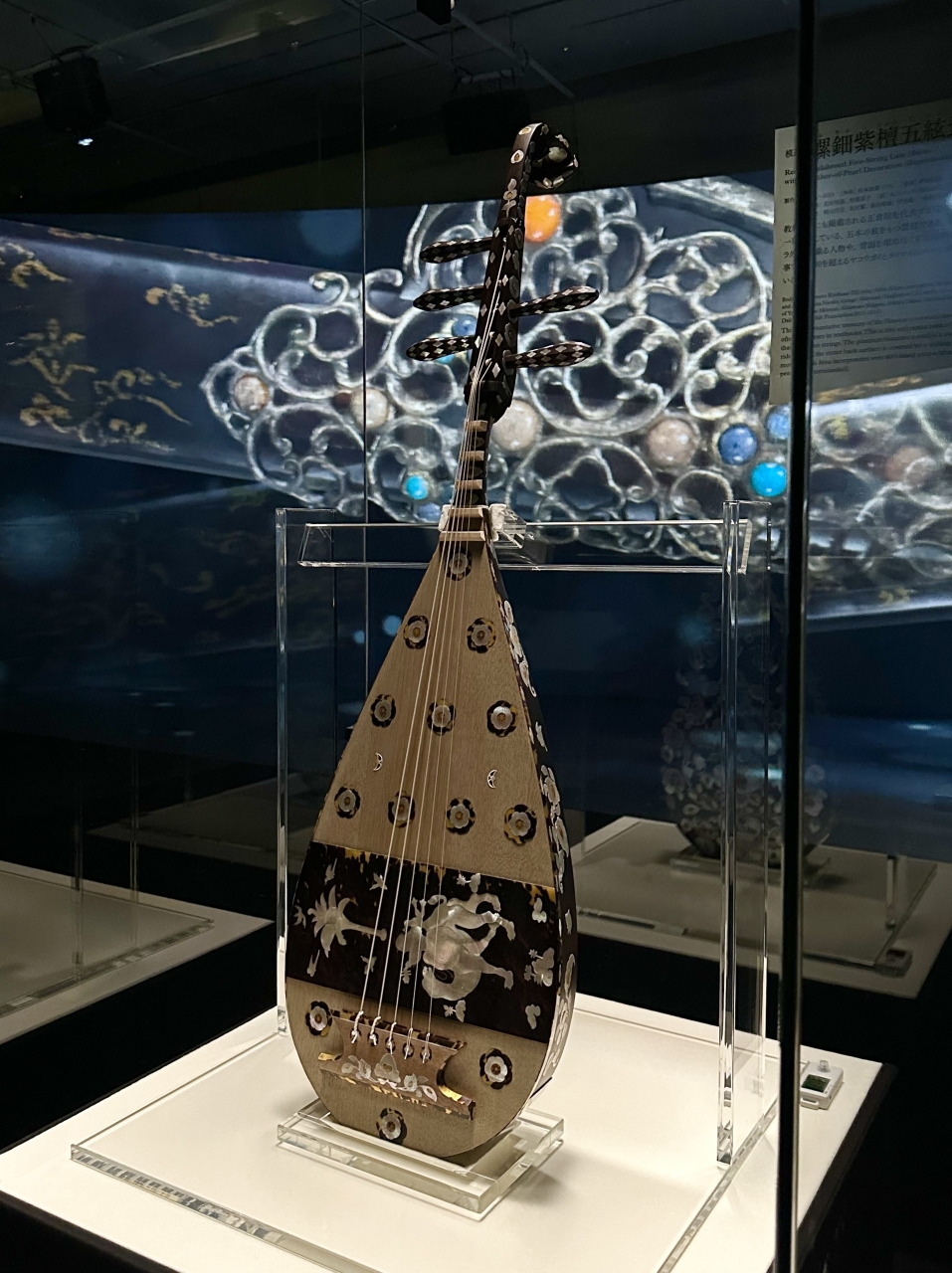
Unlike ordinary replicas, reproductions do not simply resemble the appearance, but rather utilize a variety of analytical and optical equipment to investigate the materials and techniques of the time, and Living National Treasures and other master craftsmen use their skilled techniques to aim to recreate the original appearance of the treasures. This exhibition features 11 reproductions, including the world's only surviving ancient five-stringed biwa, the "Mother-of-pearl Purple Sandalwood Five-Stringed Biwa," and the "Mother-of-pearl Box," both of which are renowned as representative treasures of the Shosoin Repository.
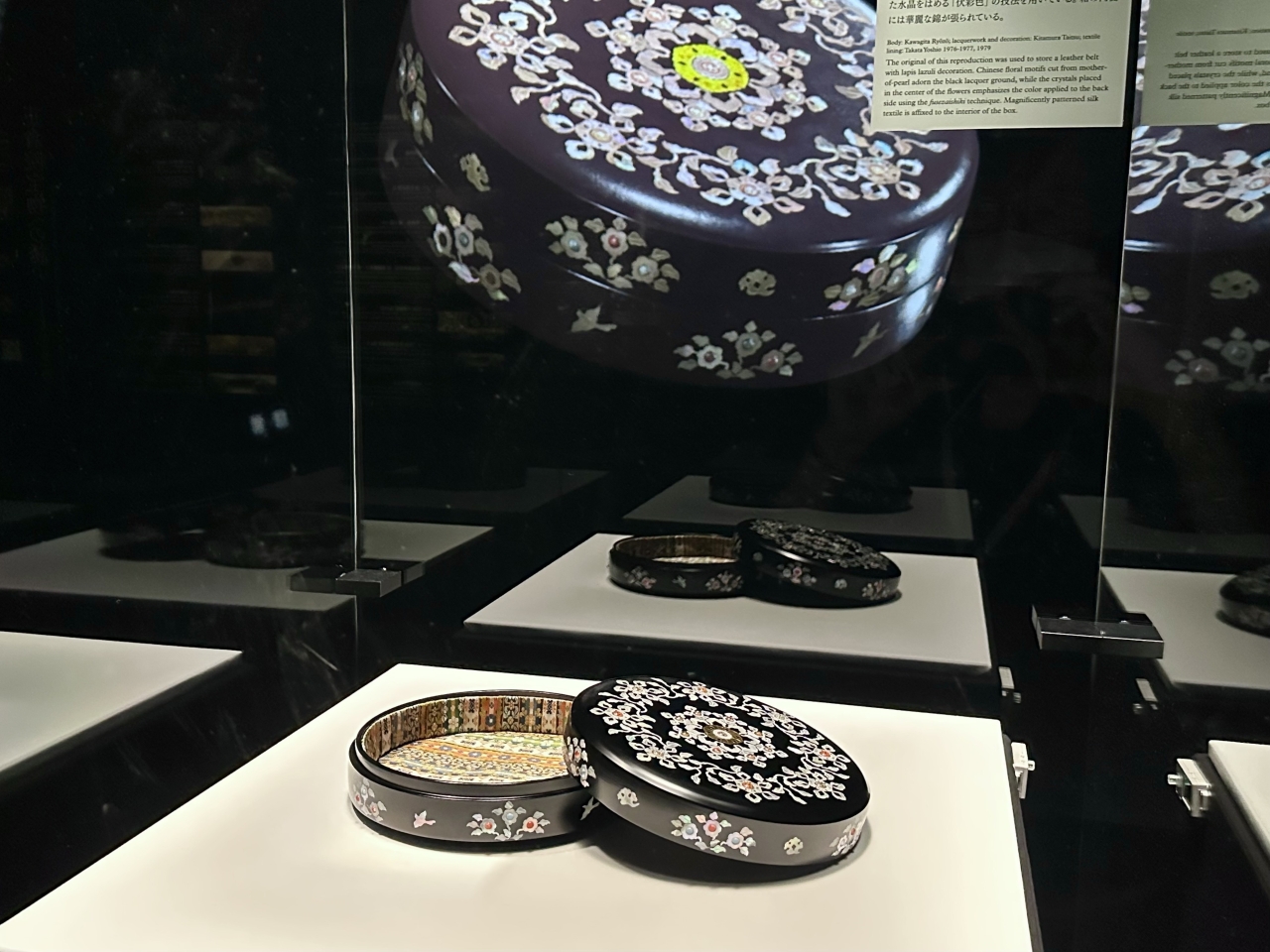
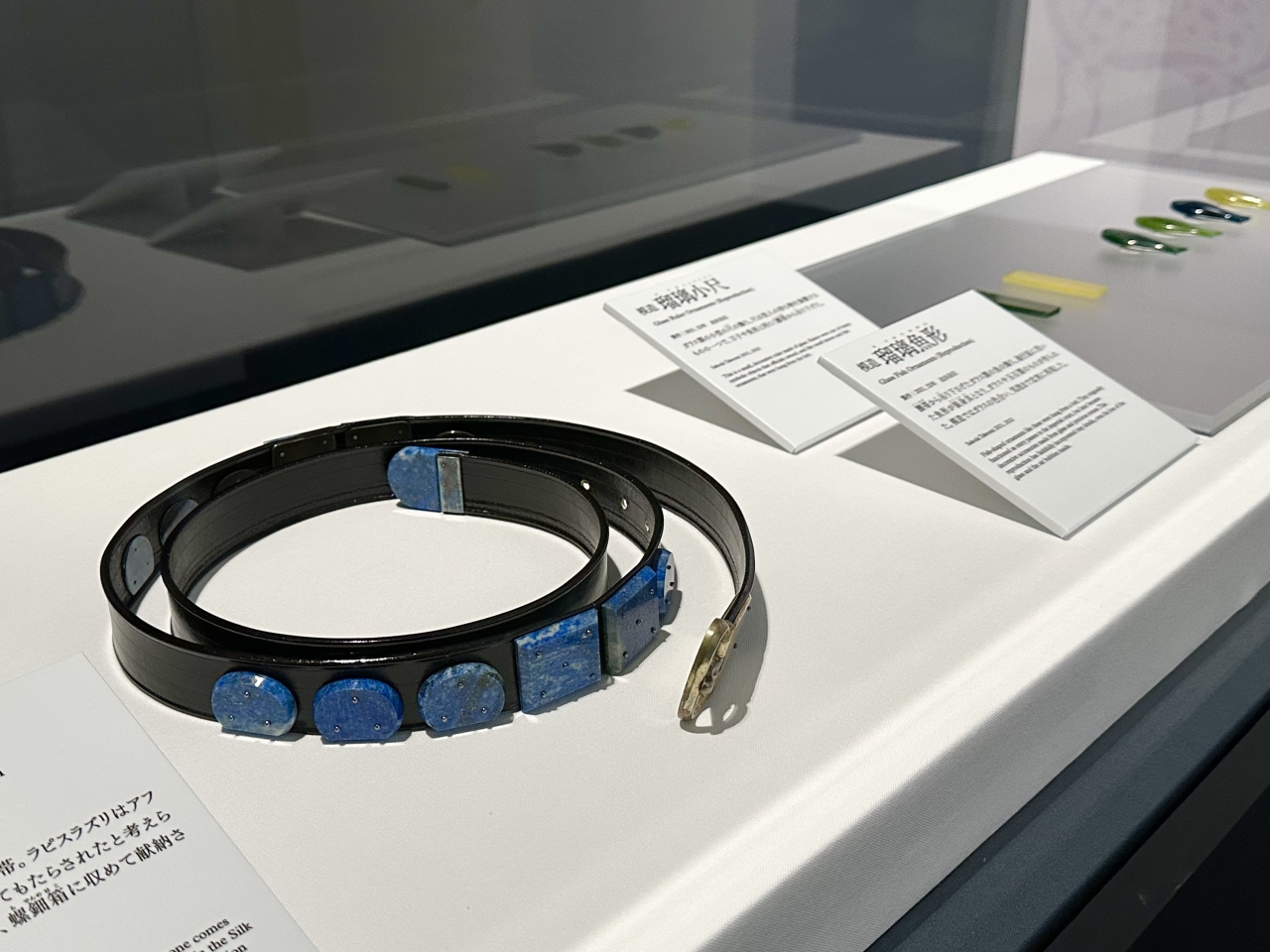
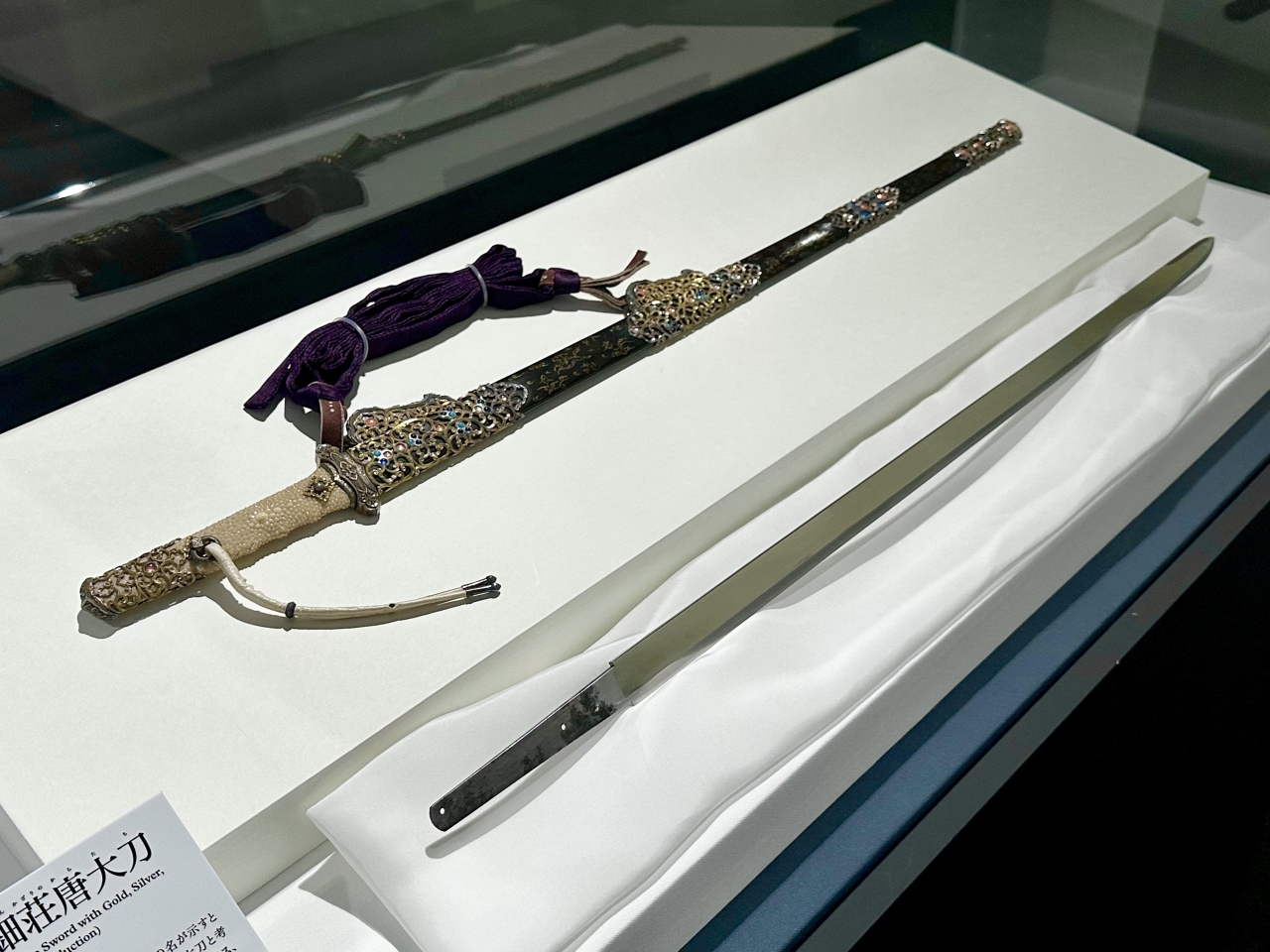
The goal of the Shosoin Office is to "create another Shosoin treasure." The replica is like a treasure that has traveled back in time to the present day, allowing us to see the treasures as close as possible to the ones that people of the Nara period actually saw, without any discoloration or damage.
In addition, since 2019, the Shosoin Office has been collaborating with TOPPAN to create detailed 3D digital data (digital archives) of the treasures, making full use of the latest 3D measurement, high-resolution photography, and texture capture technologies .
In this exhibition, a video work that adds special effects to this 3D digital data will be projected in high-definition video of approximately 12K on a huge screen approximately 4 meters high and 20 meters wide. The screen uses screen paint developed based on research on "Quantum Dots," which won the Nobel Prize in Chemistry in 2023, making the treasures shine with even sharper contrast.
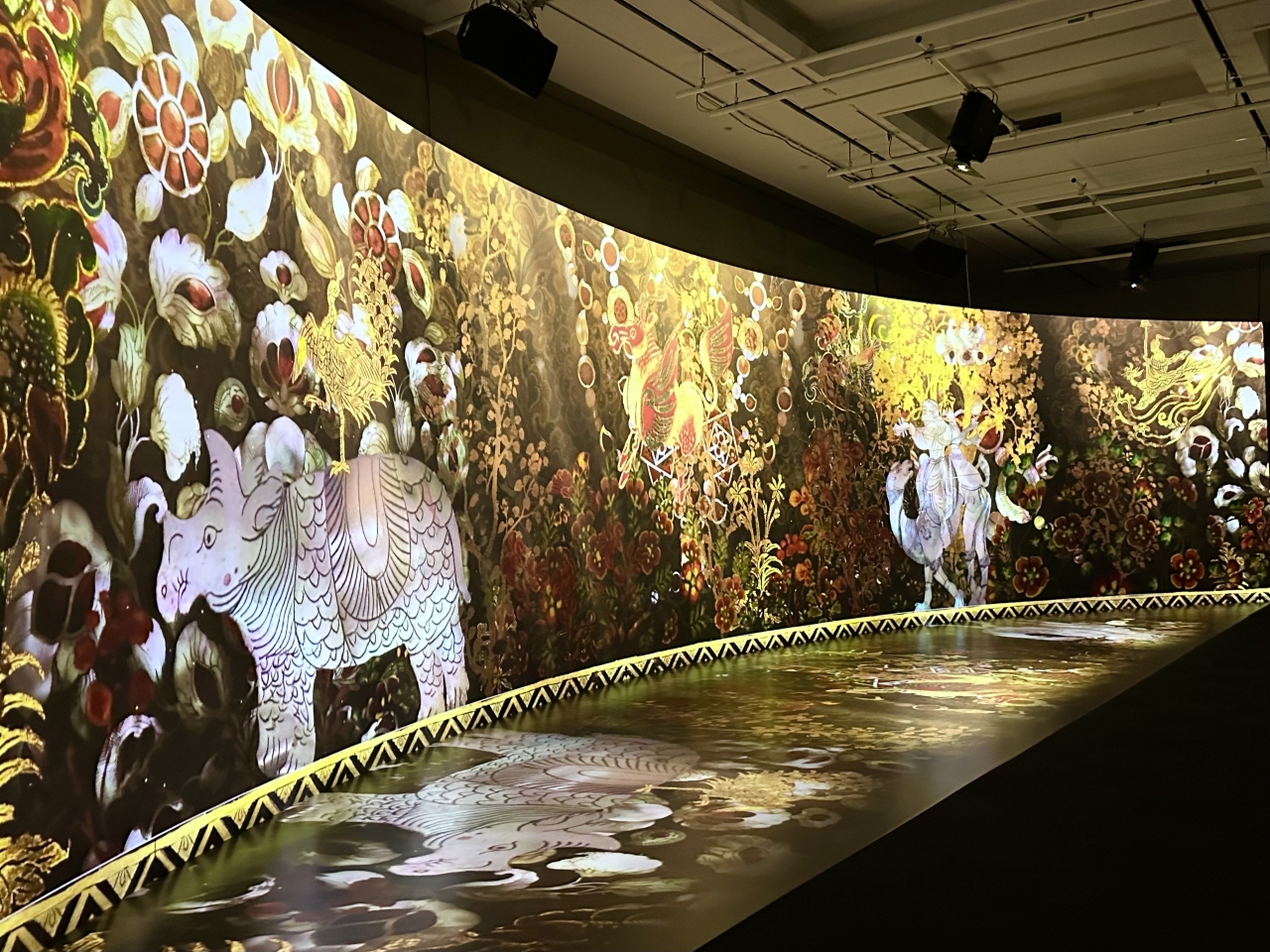
The approximately 17-minute screening is set to magnificent music and is divided into three parts: a "story video" about the hidden tales of Shosoin, a "digital treasure video" that approaches the overwhelming "beauty" of the treasures themselves, and a "reproduced and imitation treasure video." The most impressive part is the "World of Beauty of Shosoin" in the story video, which recreates a fantastical universe of "beauty" with camels, elephants, and mythical beasts strutting about among the flower and bird patterns and mother-of-pearl decorations on the treasures. The sense of beauty embodied in the treasures is condensed into this video, and standing in front of the screen provides an even greater sense of immersion.
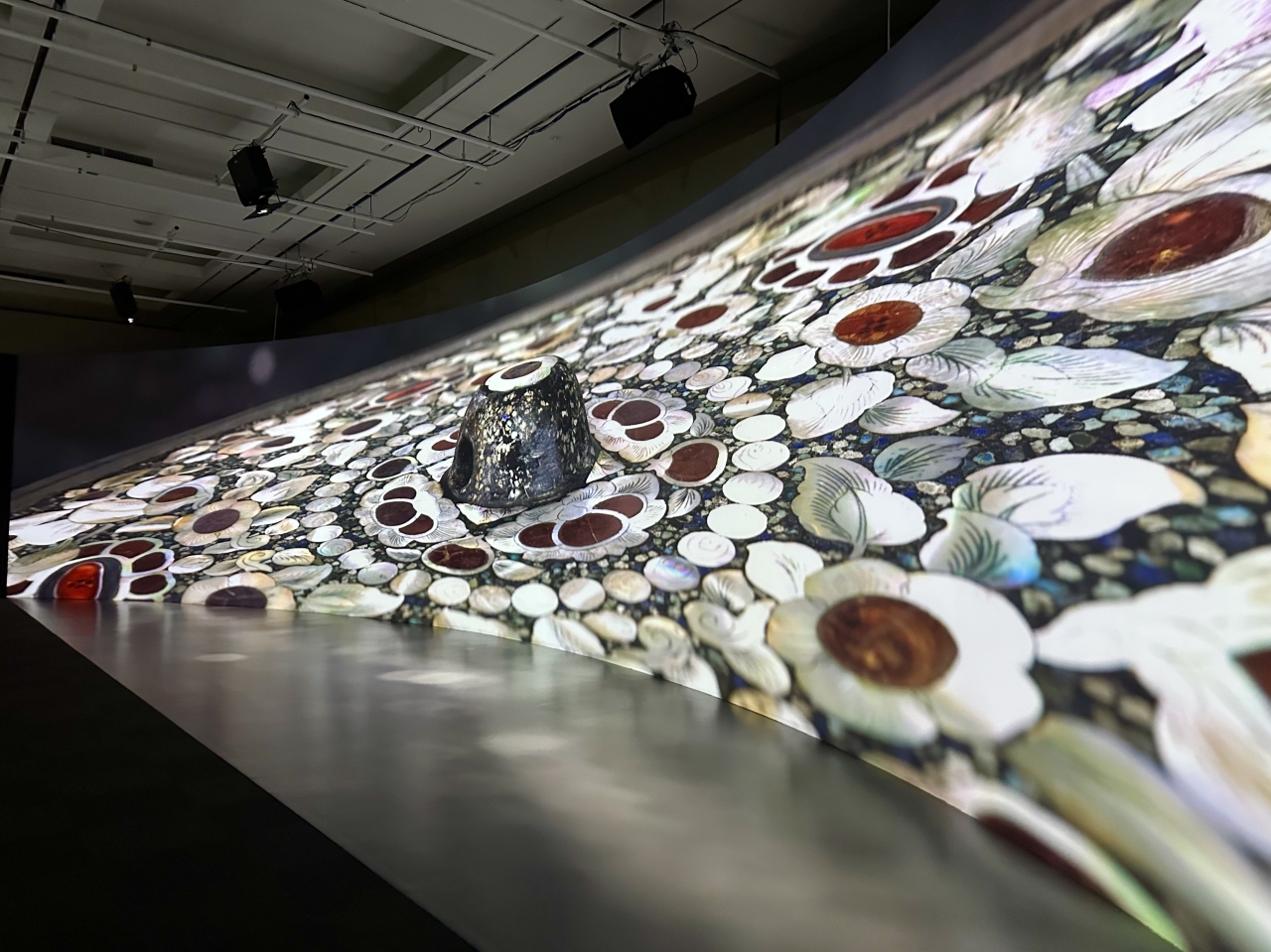
The digital treasure footage projects treasures at angles that allow viewers to glimpse the details and textures of treasures that are difficult to see with the naked eye, such as the gorgeous decorative mirror "Circular Mirror with Flat Mother-of-Pearl Back No. 11," featuring a floral and bird motif interspersed with lapis lazuli and turquoise flakes, and the beautiful incense burner stand "Urushi-Kin Usu-Eban (Lacquer and Gold Thin Picture Board) B," featuring 32 brilliantly colored petals. A truly immersive viewing experience is possible even without the use of monoculars. "Urushi-Kin Usu-Eban (Lacquer and Gold Thin Picture Board) B" offers a truly enjoyable experience that can only be achieved with digital data, with the petals being disassembled to reveal the design, as if a flower is blooming, and the appearance of incense rising.
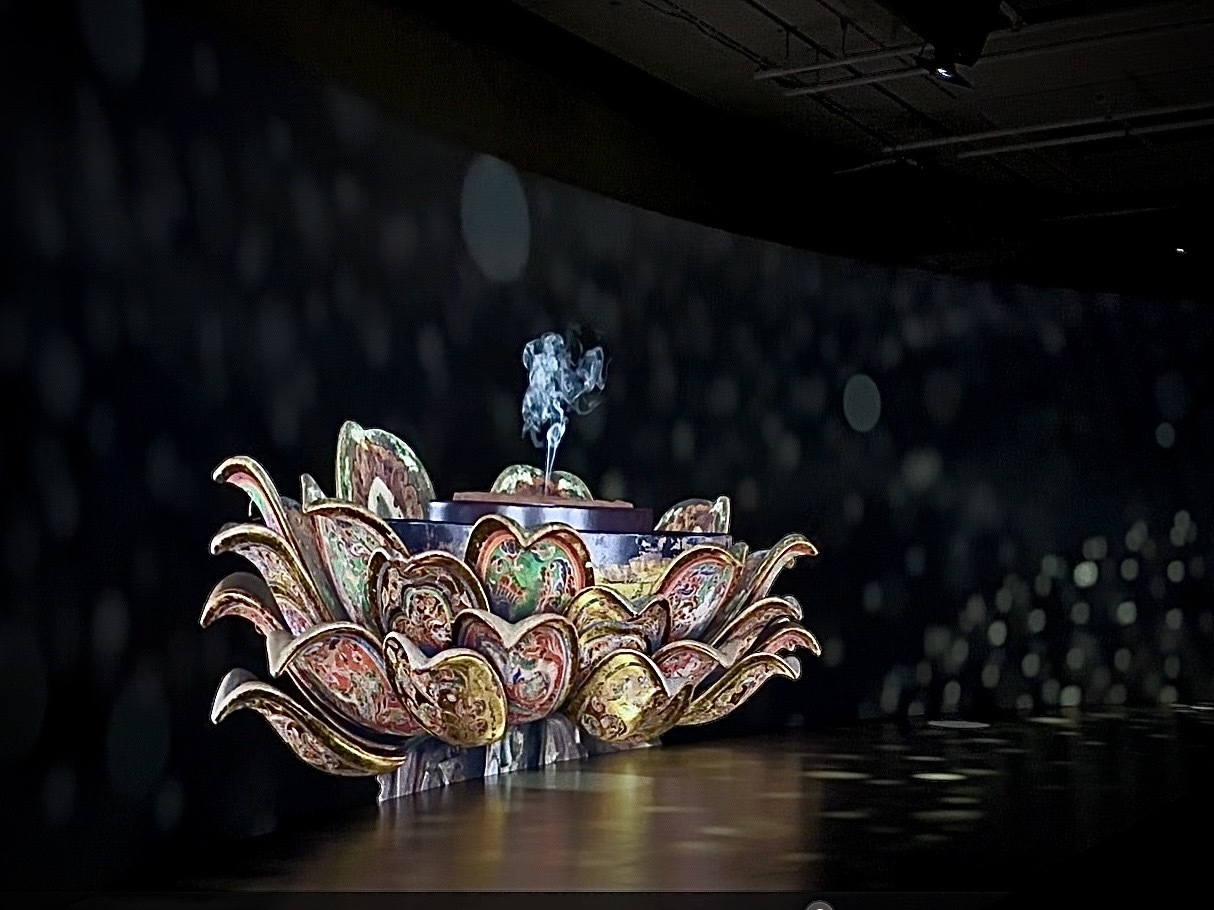
One of the highlights is the display of a reproduction of the scent of the legendary fragrant wood "Ranjatai ." Ranjatai (treasure name: Huang Jukkou) is a type of agarwood made by depositing resin and essential oils on the stumps of the Aquilaria genus of the Thymelaeaceae family, which is found in Southeast Asia. It was coveted by rulers of the time, such as Oda Nobunaga, Ashikaga Yoshimitsu, and Yoshimasa, and has been called "the most famous fragrance in the world." Amazingly, it is said that you can still smell a faint scent of it today.
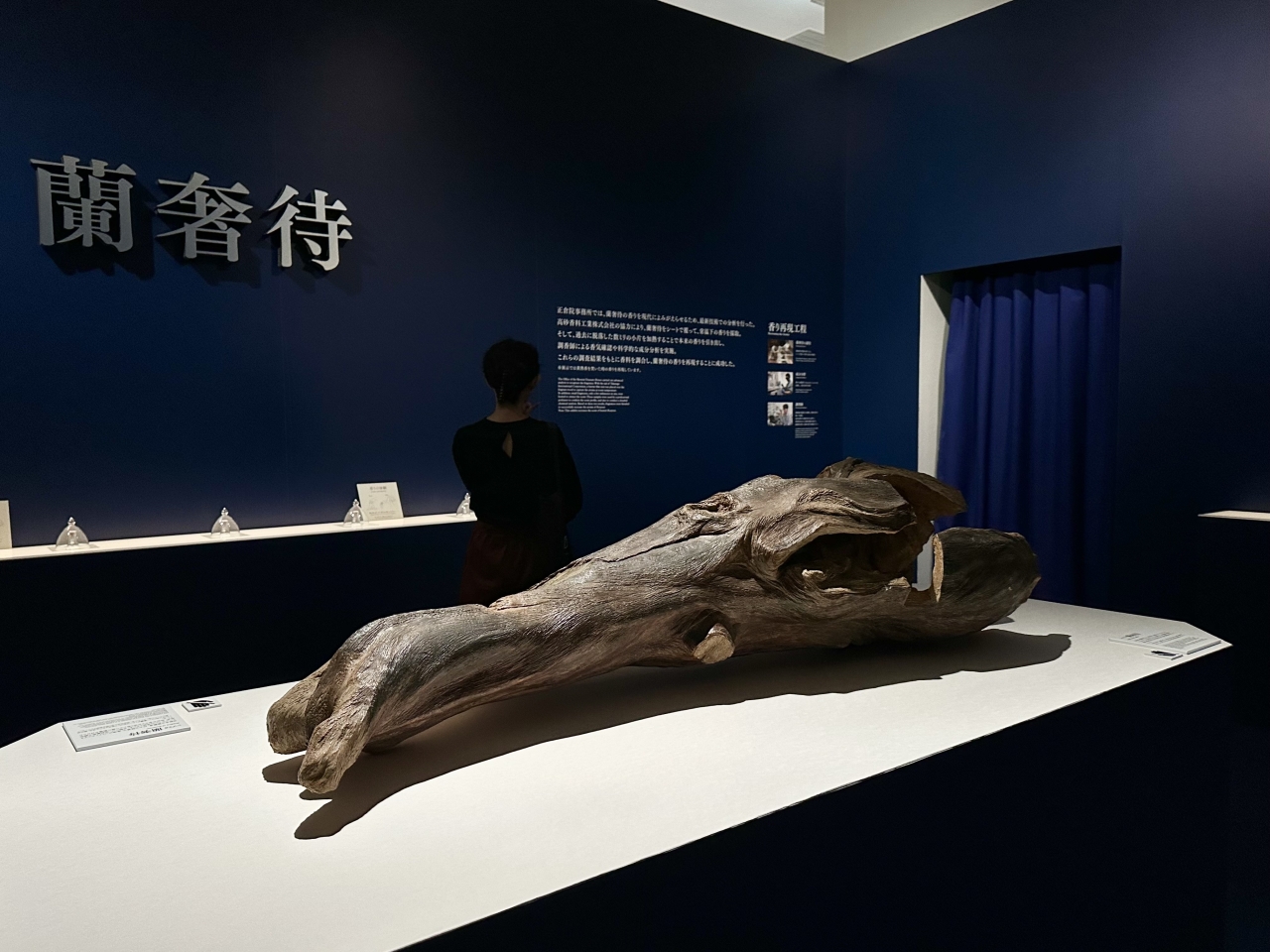
To record the fading scent, the Shosoin Office, with the cooperation of Takasago International Corporation, will begin analyzing the aromatic components in the air volatilizing from the Ranjatai starting in 2024. Furthermore, through the perfumer's 'monko' (a method of savory aroma appreciation in which fragrant wood is heated in an incense burner and the aroma is savored), they discovered that the fragrance resembled labdanum, a natural fragrance extracted from the resin of the cistus plant, and created the first-ever replica fragrance based on this.
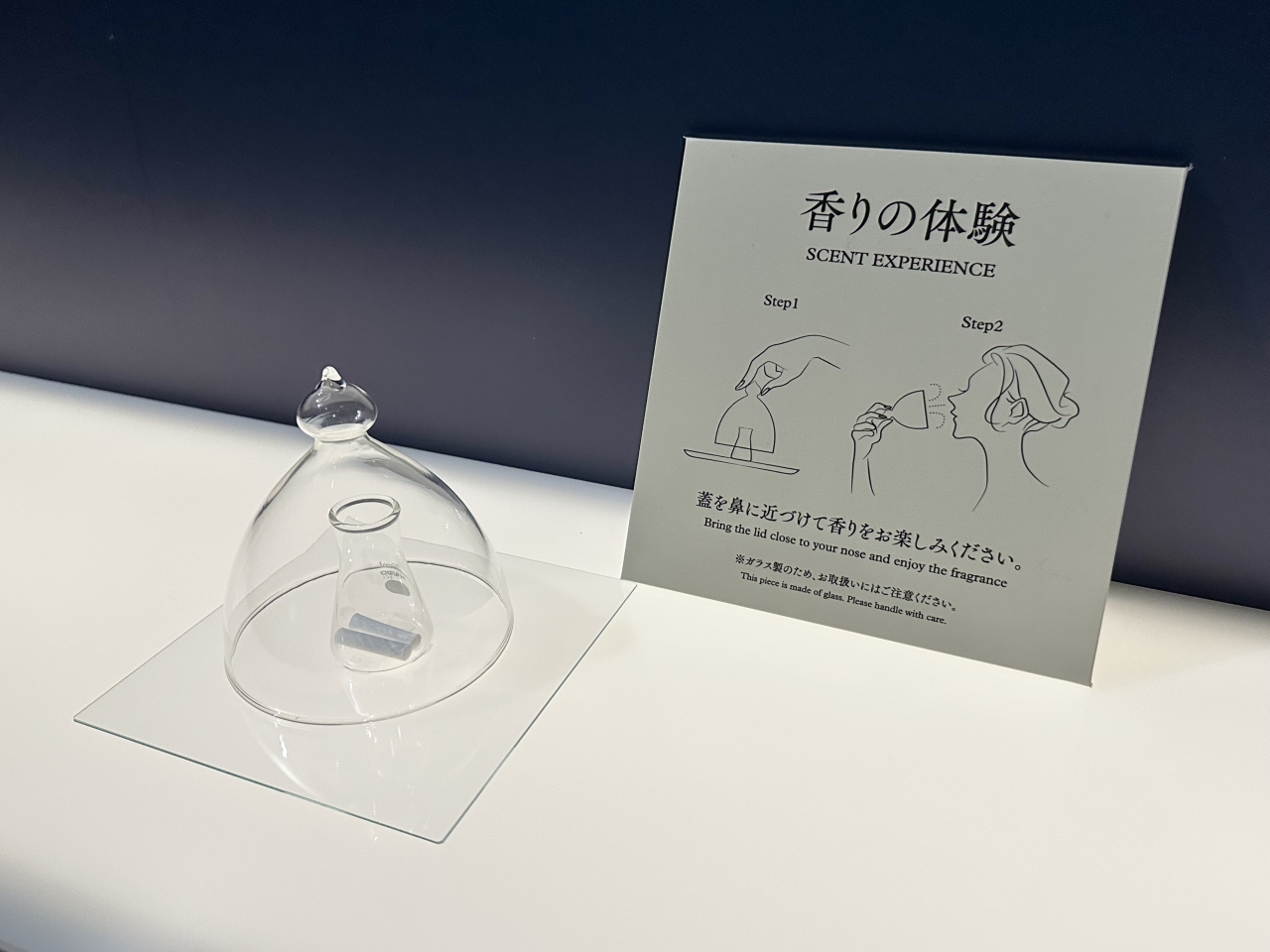
Takashi Suzuki of Takasago International Corporation's IR/PR department explained, "Rather than the scent of Ranjatai itself, it is closer to the scent you smell when you listen to it, the scent that Oda Nobunaga and others smelled." At the venue, a replica fragrance will be placed in a glass container so that visitors can actually enjoy the scent.
The writer felt that it had an elegant fragrance reminiscent of cinnamon and apricot kernel. This world-famous fragrance has been revived in modern times, and we highly recommend experiencing it at the venue.
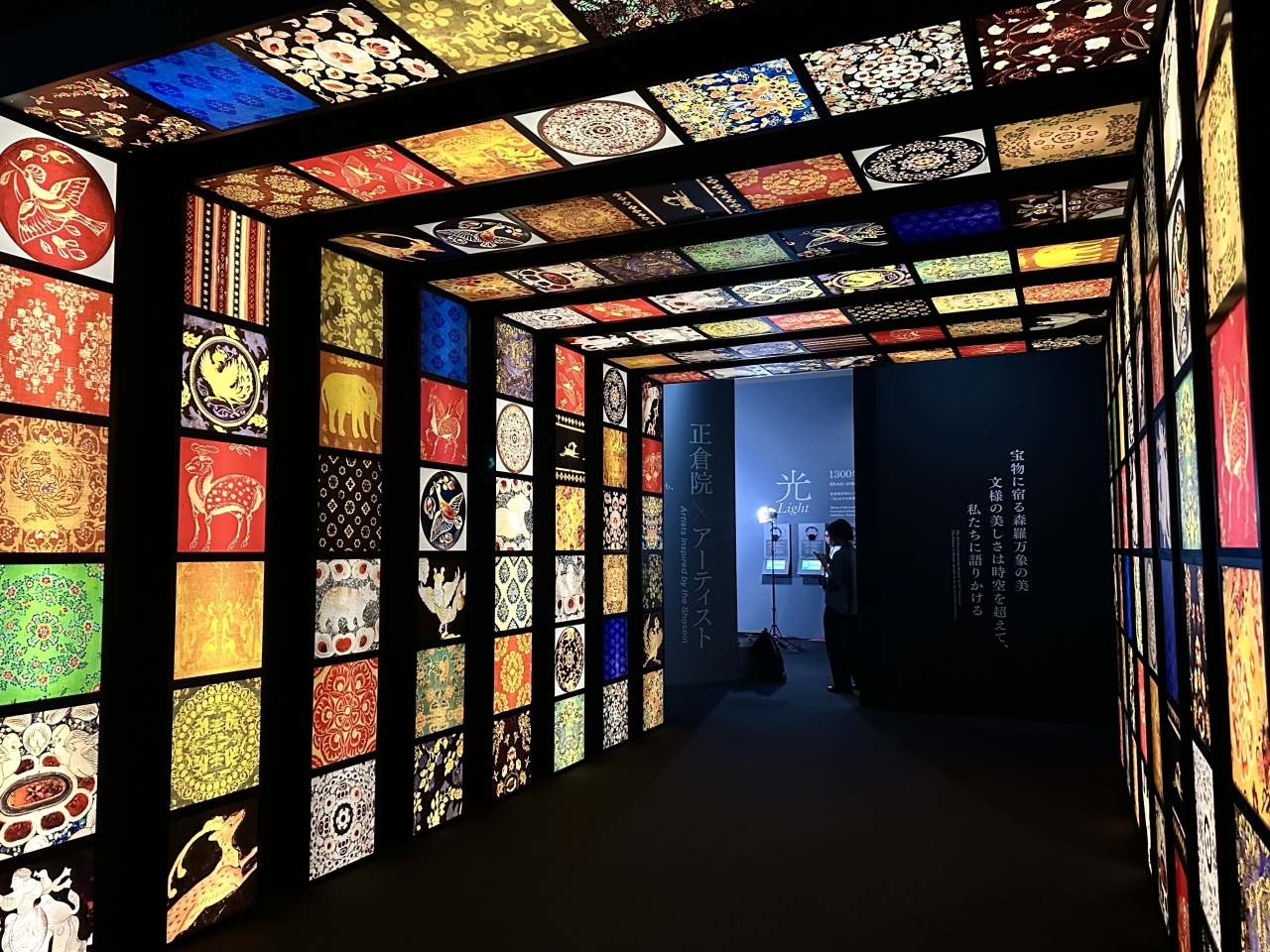
Beyond the "Avenue of Beauty," which is covered up to the ceiling with colorful designs of a wide variety of treasures, lies an exhibition area where new works created by contemporary artists inspired by the Shosoin treasures are on display.
The participating artists are music producer Kameda Seiji, photographer Takimoto Mikiya, ceramic artist Kamee Michiko, and designer Shinohara Tomoe .
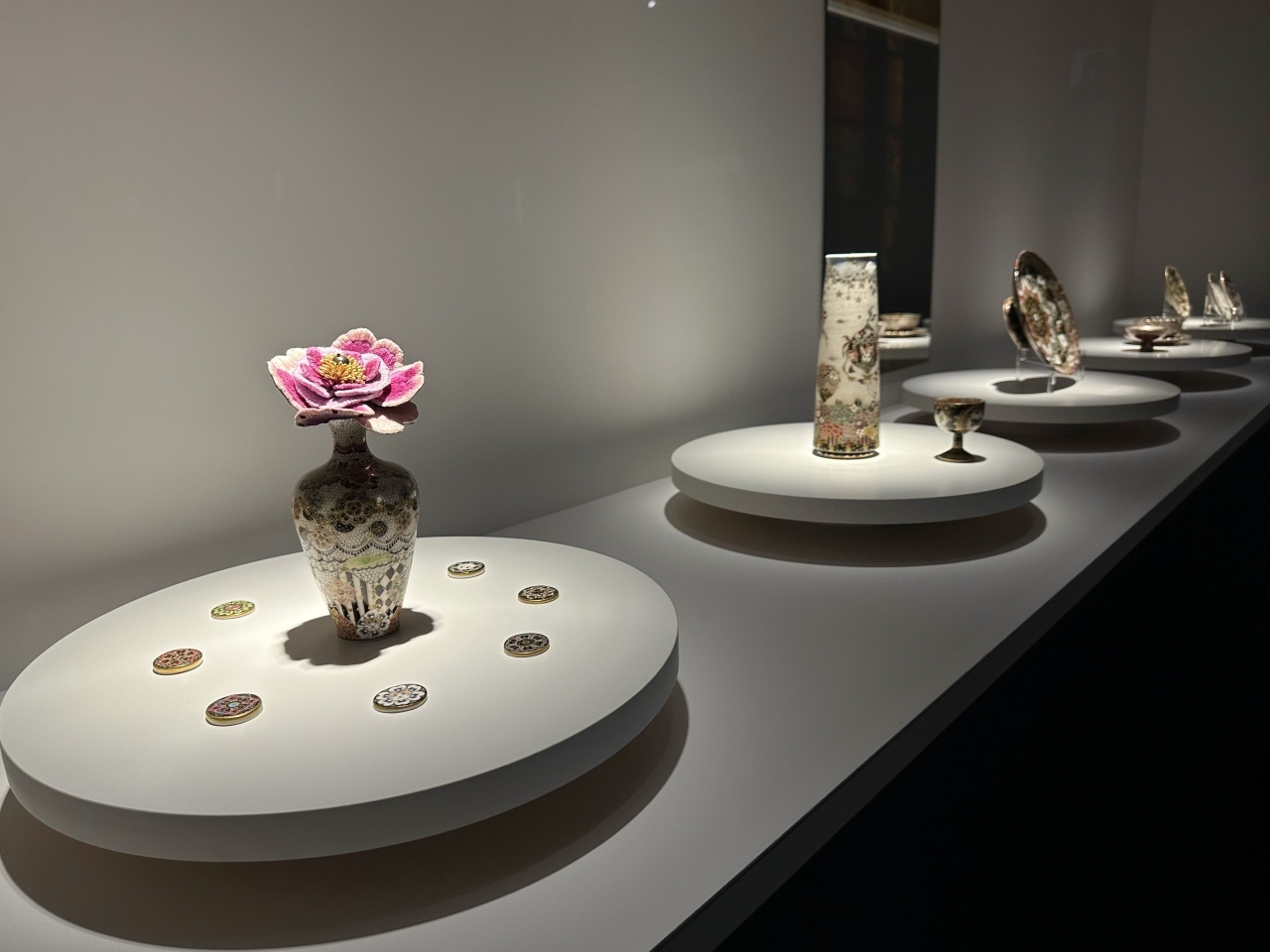
Seiji Kameda has released a piece called "Hikari," which combines recordings of his treasured biwa and shakuhachi instruments with contemporary music.
Takimoto Mikiya exhibited a series of monochrome photographs of the majestic Shosoin Repository illuminated by moonlight in the dark, evoking the nocturnal world seen by people 1,300 years ago, when there was no light like we have today.
Michiko Kamee imagined the stories of people at the time who would have been moved by the colors, materials, and patterns they had never seen before, and acted out those stories while creating her works.The small plates and vases on display are decorated with patterns created by skillfully combining digital technology and analog brushwork.
Shinohara Tomoe, who attended the press preview, spoke about the production process and details of her "LACQUERED EWER SHOSOIN DRESS, " a dress that combines tradition and modernity with a motif of a Persian-style water pitcher called a "lacquered gobin," inspired by the "beauty that is relevant to the present day" of the Shosoin treasures.
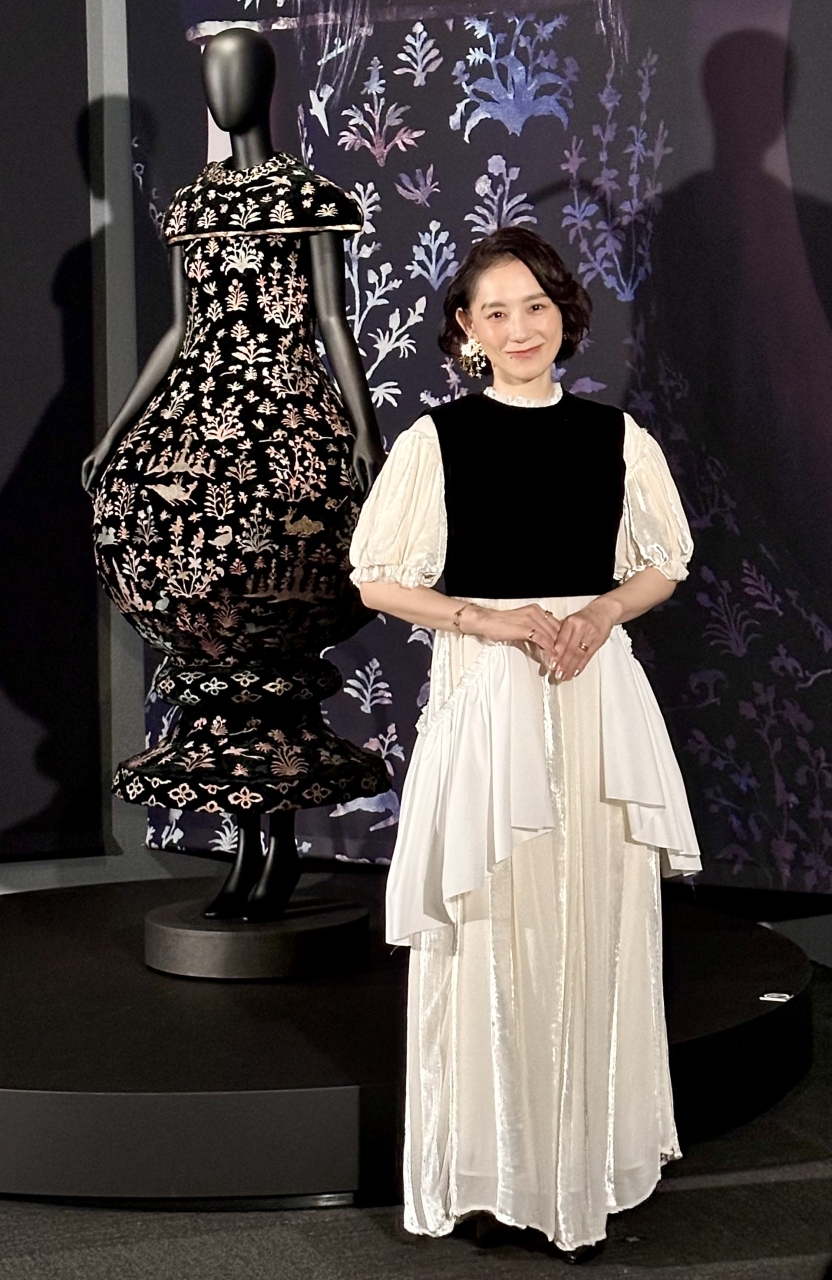
"Lacquer Hubin" is a delicate design of flowers, birds and animals made from thin silver plates using lacquer art unique to East Asia. Shinohara was captivated by the overwhelming presence of this piece, saying, "I felt a sense of the generous flow of the continent and a timeless aesthetic sense."
The creation of this piece, which took about a year from conception to completion, involved hand-tracing over 400 different pattern parts based on 3D data of the treasures, while also embracing the passion of past artisans. Intensely committed to embodying 1,300 years of history, the designers repeatedly applied the cut brass pieces to the crushed velvet fabric, soaking them in chemicals and applying heat to add nuances through repeated trial and error.
The focus of the dress was on its form, and she commented, "I made sure to preserve as much of the oriental form of the lacquered gobin as possible, based on the 3D data. It was my first attempt at creating a costume from 3D data, but I created it with the hope that people would feel as if they were actually peering into a treasure."
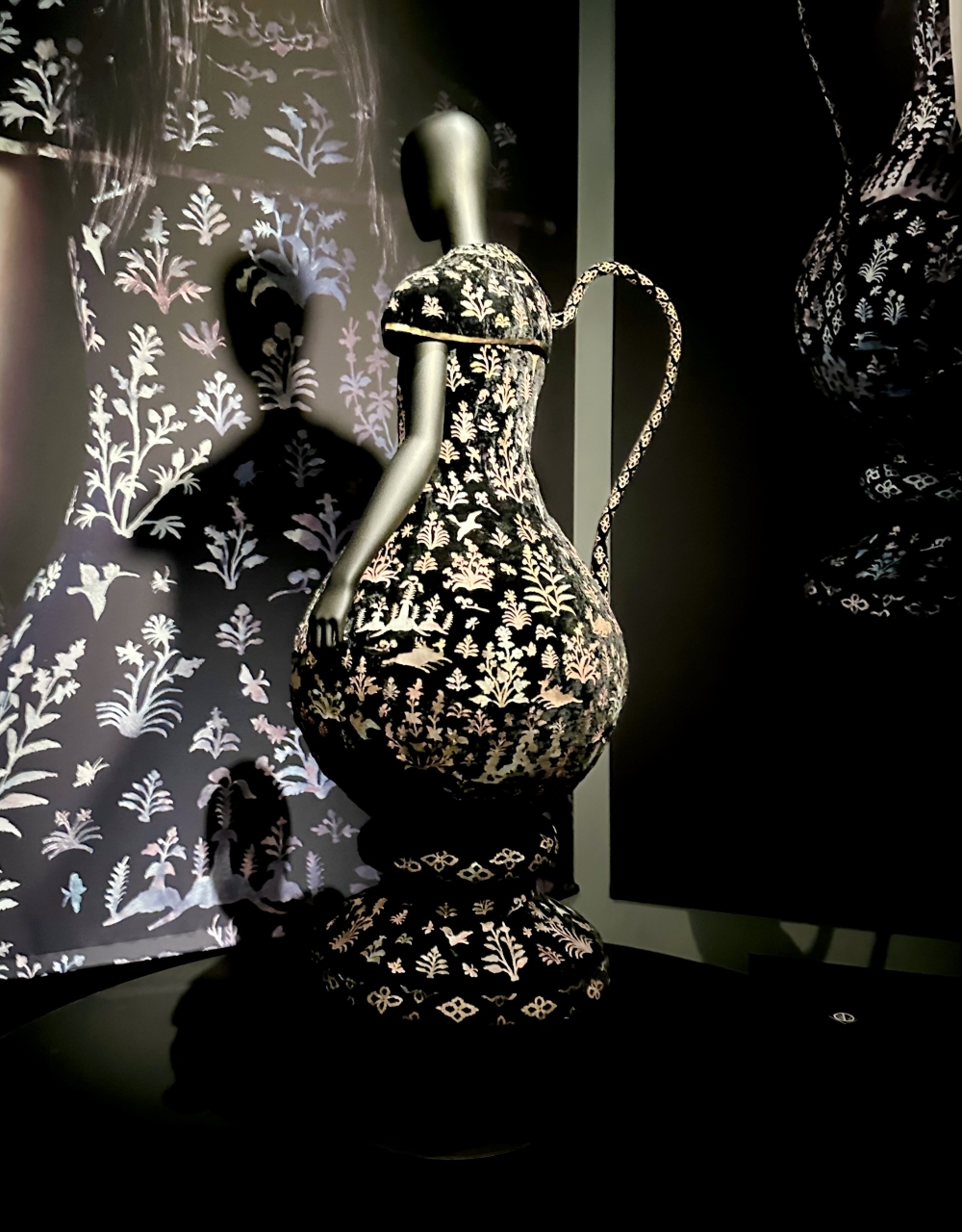
While observing the lacquered gobins, he noticed that not only animals such as deer and birds, but even small insects existed in pairs of male and female. He shared the following story, revealing how he was moved when he discovered a "love story between Emperor Shomu and Empress Komyo" in the lacquered gobins.
"The main feature of this exhibition is that it allows you to experience the Shosoin treasures as art, and it is an exhibition that shows the seriousness of the Imperial Household Agency's Shosoin Office. I would be very happy if this exhibition allows you to feel the charm of the Shosoin treasures, the value of handiwork, and the passion of our ancestors who have passed them down to the present. I hope everyone will come and see it."
"Shosoin THE SHOW – Feel the miracle that exists here now" allows you to not only experience the charm of the treasures that have been brought back to life in modern times using the latest technology, but also to come into contact with the feelings of the people who have protected and passed down the history of the ancient treasures. The exhibition will run until Sunday, November 9th.
Overview of "Shosoin THE SHOW – Feel the miracle that exists here and now"
| Dates | Saturday, September 20, 2025 – Sunday, November 9, 2025 |
| venue | Ueno Royal Museum |
| Opening hours | 10:00-17:00 (Last admission 30 minutes before closing) |
| Admission fee | (Same-day tickets) Adults: 2,300 yen, High school and university students: 1,700 yen, Elementary and junior high school students: 1,100 yen *Free admission for preschool children *For ticket details, please see the exhibition's official website. |
| Organizer | The Ueno Royal Museum, "Shosoin THE SHOW" Executive Committee (Yomiuri Television, The Yomiuri Shimbun, TOPPAN, Kadokawa Media House), Nippon Television Network, BS Nippon Television |
| Supervision | Shosoin Office of the Imperial Household Agency |
| inquiry | Hello Dial 050-5541-8600 (9:00-20:00 open every day) |
| Exhibition official website | https://shosoin-the-show.jp/tokyo/ |
*The content of this article is current as of the time of coverage. Please check the official exhibition website for the latest information.

